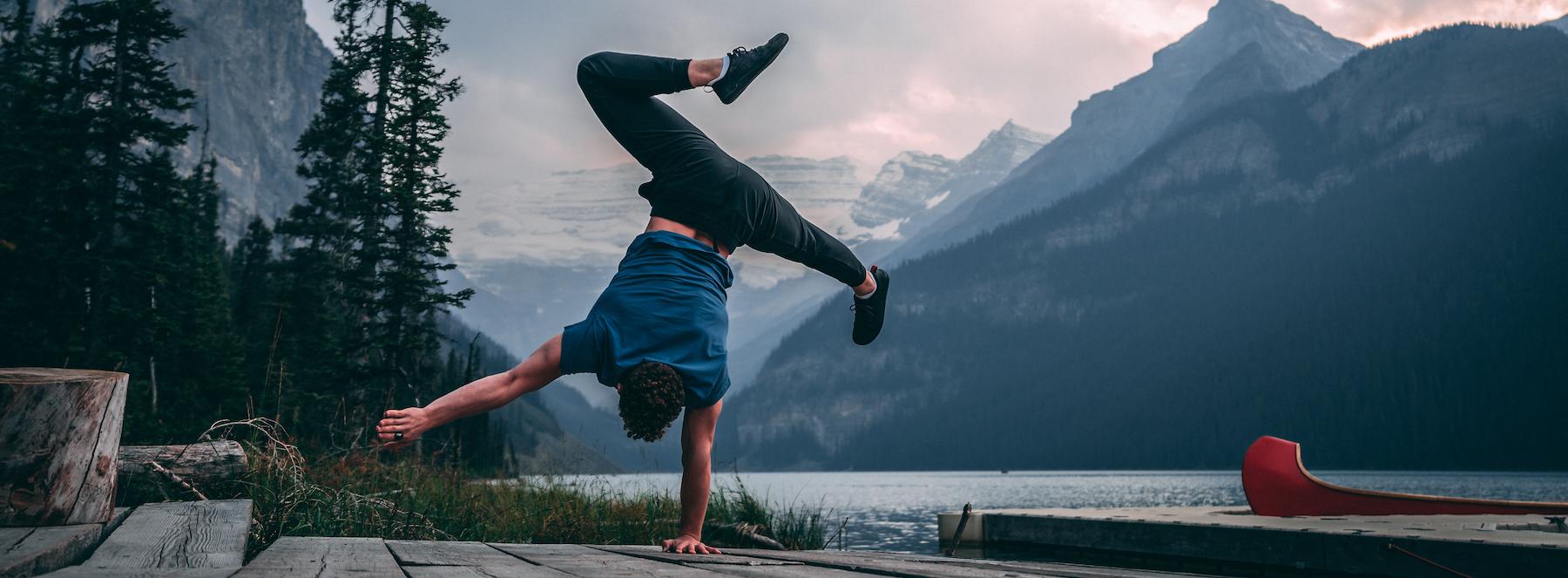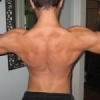Search the Community
Showing results for tags 'compression'.
-
Hi Gymnasticbdies ! My brother got chronic urine leakage as a result of too much crunches and reverse crunches done in the past. Our doctor said that it is due those abdominal exercices where you tuck your core : they push the internal organs down. In GB approach, exercices that involve compression are very recommanded : top part of HLL, V-sit, V-ups, pike stretches... I would like to know how to do abdominal compression exercices while avoiding this kind of problems with the abdominal organs. I've read that you need to breath out strongly when crunching your body, but also that you need to stay away from those kind of exercices. Thank you in advance because i'm sure you got the answer
-
Hello! I have more of a theoretical question, hope is no problem that I ask here. I have being studying some mechanisms of spinal extension, namely Intra-abdominal pressure, Thoracolumbar fascia gain and Hydraulic amplifier mechanism (there is some information here http://www.futurefittraining.co.uk/Courses/courseid973562240/Mechanismsofspinalstability/AdvAP_U5L3_Mechanisms of spinal stability.pdf). It's mainly the fact that during flexion of the spine deep muscles within the ribcage and abdominal area protect the spine by hooking around the abdominal cavity, but this bracing is counterbalanced with an extension mechanism that through the fascia in our lower backs compresses the erector spinae, and that in turns extends our spine. This three mechanisms help us counterbalance either movements of flexion or extension, so we can balance upright. I cannot say I can explain it greatly yet, but hopefully somebody here would have hear about it. If you do, do you think this mechanism can work in the same way but only backwards during a Press Handstand? I'm starting to understand the huge "core strength" (including things like the pelvic floor and transverse abdominis) this movement requires. Also, if it does, would the trapezius serve the function of the thoracolumbar fascia, compressing the erector spinae and that creating extension at the hips? That would explain why so much trap strength is required for this! I hope somebody can give me your thoughts on this, or at least point me to any resources. Thank you for your time
- 2 replies
-
- 1
-

-
- press handstand
- spine
-
(and 5 more)
Tagged with:
-
Hello everyone, I recently began training L-sits and Handstands. As for the L-sit, I´m doing two exercises everyday to gain more strength, and I would like your opnion on the matter. For my core and legs (quads) I'm doing a "pike compression hold" as shown in the first picture. I'm striving to achiev 1 min hold (doing 2 sets of 30s atm) For the upper body, I'm doing the hold in the second picture, also striving for 1 min hold (also doing 2sets of 30s atm) So, is this a good way to start ? Are there other exercises that will help too? Thanks. (Sorry if english is broken, I'm from Brazil)
- 4 replies
-
- l-sit
- basic strength
-
(and 2 more)
Tagged with:
-
I was unable to find anything through my searches on google or the forum, maybe I'm searching with the wrong terminology.. Any position that I am in for over ~10 seconds that involves complete knee compression causes the back of my knee to feel stiffness/pain as I extend my leg and for several seconds afterwords (I usually just jiggle my leg to help loosen it). Examples of this compression would be sitting on my knees/shins with my feet extended, sitting in a deep squat, or laying quad stretches. Is this something that is normal to experience? The feeling has not lessened over time as I continue to use these movements..
- 1 reply
-
- knee
- compression
-
(and 1 more)
Tagged with:
-
Hello GB! Recently I've been watching Ricardo Sosa who is a contortion equilibrist with some extreme straddle and pancake flexibility. The question is.. Is it possible to become near as flexible as he is although you are past your 'learning' age of 13-14. Obviously I understand flexibility is incredibly difficult to improve as you age, but if it is possible, what would a stretching routine look like if you wish to get onto Ricardo's level?
- 21 replies
-
- flexibility
- mobility
-
(and 2 more)
Tagged with:






